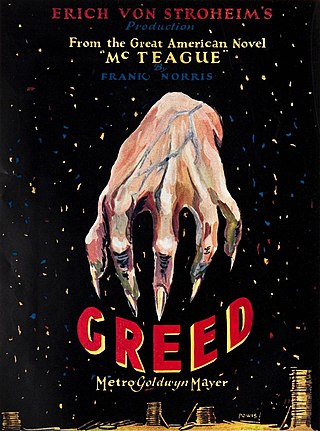
Greed is a 1924 American silent psychological drama film written and directed by Erich von Stroheim and based on the 1899 Frank Norris novel McTeague. It stars Gibson Gowland as Dr. John McTeague; ZaSu Pitts as Trina Sieppe, his wife; and Jean Hersholt as McTeague's friend and eventual enemy Marcus Schouler. The film tells the story of McTeague, a San Francisco dentist, who marries his best friend Schouler's girlfriend Trina.

Erich Oswald Hans Carl Maria von Stroheim was an Austrian-American director, screenwriter, actor, and producer, most noted as a film star and avant-garde, visionary director of the silent era. His 1924 film Greed is considered one of the finest and most important films ever made. After clashes with Hollywood studio bosses over budget and workers' rights problems, Stroheim found it difficult to find work as a director and subsequently became a well-respected character actor, particularly in French cinema.
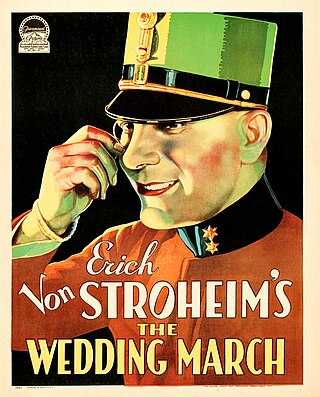
The Wedding March is a 1928 American Sound romantic drama film written and directed by Erich von Stroheim. While the film has no audible dialog, it was released with a synchronized musical score with sound effects using both the sound-on-disc and sound-on-film process. The film stars Erich von Stroheim, Fay Wray and ZaSu Pitts. Paramount Pictures forced von Stroheim to create two films from the footage, the second being The Honeymoon. The Honeymoon is now considered lost, the only known copy destroyed in a fire in France in 1959.

An Unseen Enemy is a 1912 Biograph Company short silent film directed by D. W. Griffith, and was the first film to be made starring the actresses Lillian Gish and Dorothy Gish. A critic of the time stated that "the Gish sisters gave charming performances in this one-reel film". The film was shot in Fort Lee, New Jersey where early film studios in America's first motion picture industry were based at the beginning of the 20th century. Consistent with practice at that time, the actors in the cast and their roles are not listed in the film..

Merry-Go-Round is a 1923 American feature film directed by Erich von Stroheim (uncredited) and Rupert Julian, starring Norman Kerry and Mary Philbin, and released by Universal Pictures. A copy of the film is held in a collection and it has been released on DVD.

Foolish Wives is a 1922 American erotic silent drama film produced and distributed by Universal Pictures under their Super-Jewel banner and written and directed by Erich von Stroheim. The drama features von Stroheim, Rudolph Christians, Miss DuPont, Maude George, and others.

Blind Husbands is a 1919 American drama film written and directed by Erich von Stroheim. The film is an adaptation of the story The Pinnacle by Stroheim.

The Devil's Pass Key is a 1920 silent drama film directed by Erich von Stroheim. Considered a “lost film”, no print is officially known to exist.

His Picture in the Papers is a 1916 American silent comedy film written and directed by John Emerson. Anita Loos also wrote the film's scenario. The film stars Douglas Fairbanks and Loretta Blake and features Erich von Stroheim in a minor role.
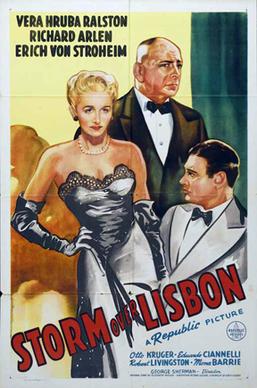
Storm Over Lisbon is a 1944 American thriller film produced and directed by George Sherman and starring Vera Ralston. The screenplay concerns a nightclub owner who attempts to gain secret information.

Old Heidelberg is a 1915 American silent romance film directed by John Emerson and starring Wallace Reid, Dorothy Gish and Karl Formes. Erich von Stroheim had one of his earliest performances for the screen in this movie. It is an adaptation of the 1901 play Old Heidelberg by Wilhelm Meyer-Förster, the first of five film versions which have been made. The film still survives, unlike many productions of the era.
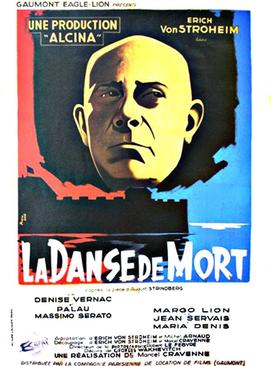
The Dance of Death is a 1948 French-Italian drama film directed by Marcel Cravenne and starring Erich von Stroheim, Denise Vernac and Palau. It is based on August Strindberg's The Dance of Death.
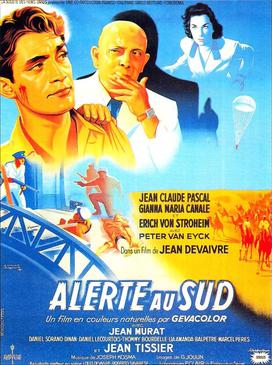
Alarm in Morocco is a 1953 French-Italian adventure film directed by Jean-Devaivre and starring Jean-Claude Pascal, Gianna Maria Canale and Erich von Stroheim. Partly shot on location in Morocco, it was made using the Gevacolor process.

The Other Side of Paradise is a 1953 French drama film directed by Edmond T. Gréville and starring Erich von Stroheim, Jacques Sernas and Denise Vernac. Much of the film was shot on location in Provence. The film's sets were designed by the art director Jean Douarinou.

Devil and the Angel is a 1946 French drama film directed by Pierre Chenal and starring Madeleine Sologne, Erich von Stroheim and Louis Salou.
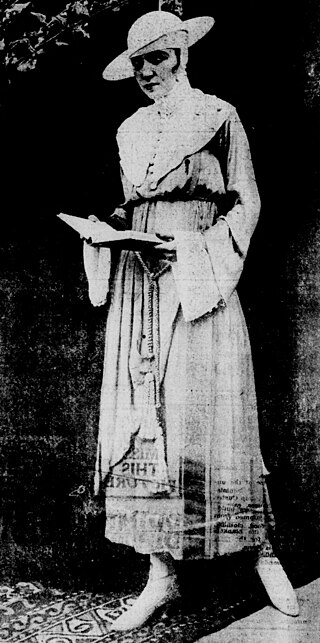
The Mark of Cain is a 1917 American silent mystery film directed by George Fitzmaurice and starring Antonio Moreno, Irene Castle and J.H. Gilmour.
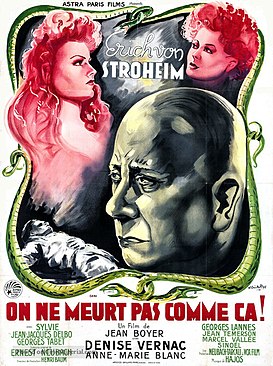
That's Not the Way to Die is a 1946 French mystery crime film directed by Jean Boyer and starring Erich von Stroheim, Anne-Marie Blanc and Denise Vernac. The film's sets were designed by the art director Aimé Bazin. It borrows its main plot device from the 1932 American film The Death Kiss. von Stroheim was not happy with the film, but felt it received good reviews and was popular with audiences.

Rail Pirates is a 1938 French adventure film directed by Christian-Jaque and starring Charles Vanel, Suzy Prim and Erich von Stroheim. It was shot at the Victorine Studios in Nice and on location in the Camargue. The film's sets were designed by the art director Pierre Schild. It is based on a novel of the same title by the Belgian writer Oscar Paul Gilbert, who also contributed to the screenplay.
Richard Koszarski is a film historian.

Threats is a 1940 French drama film directed by Edmond T. Gréville and starring Mireille Balin, John Loder, Ginette Leclerc and Erich von Stroheim. Gréville began production on the film shortly after the Munich Agreement of September 1938. It was shot at the François 1er Studios in Paris. The film's sets were designed by the art director Lucien Jaquelux.



















